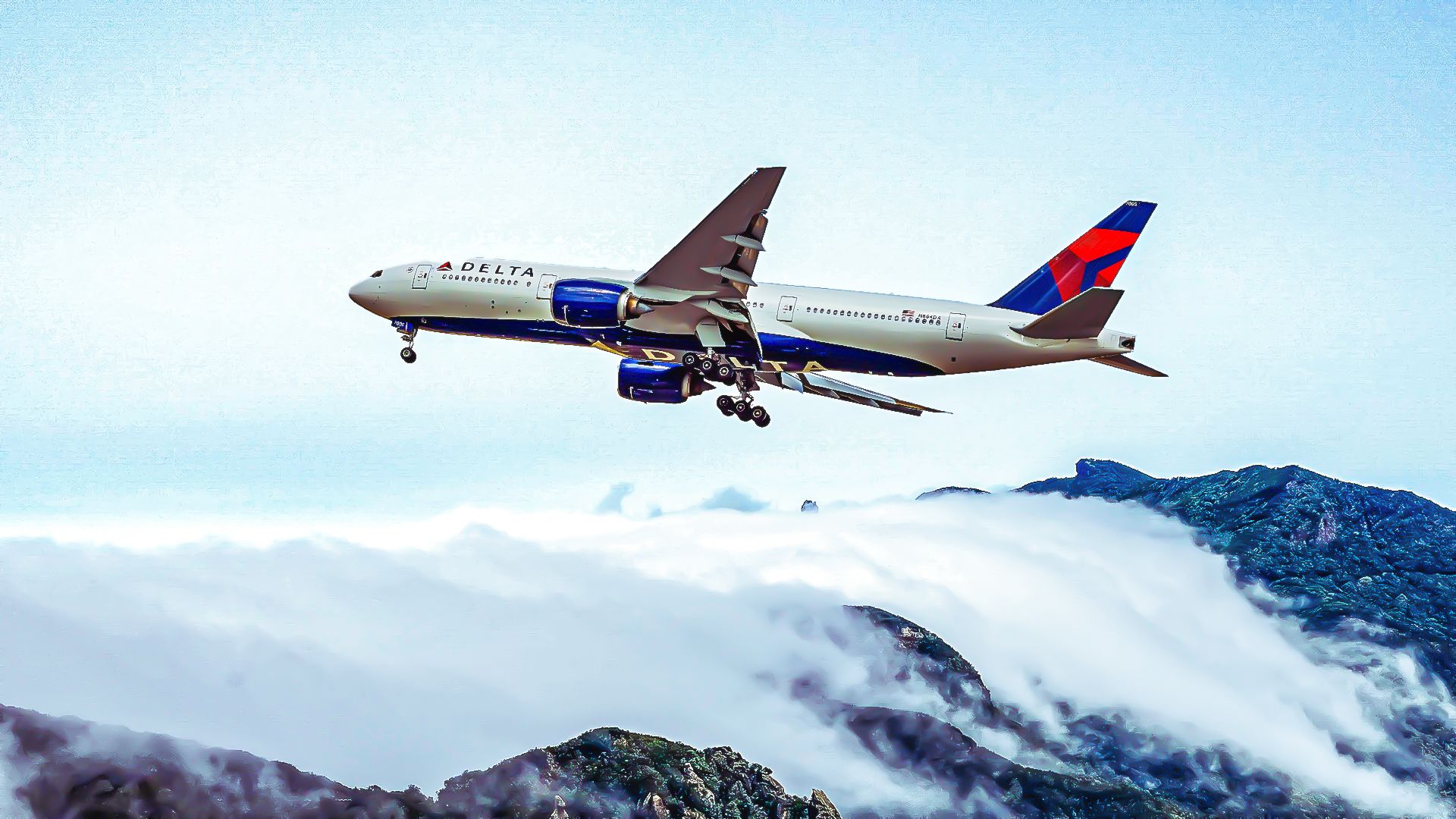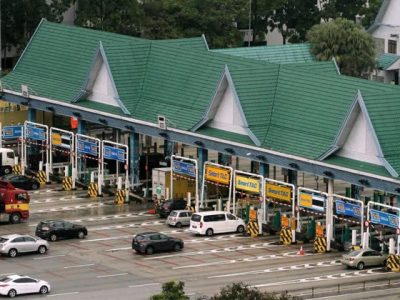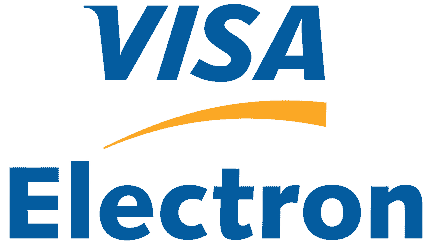The advent of air travel was a game changer for the world of college sports, allowing teams from all across the United States to face off on turf that was often 2,000 miles away from their home field. When it comes to college football, this is not a common occurrence, with teams frequently criss-crossing the continent to play in dramatic showdowns as a part of intense rivalries with millions of fans following every moment. Besides moving the dozens of players, staff and support groups, there’s also lots of equipment that’s both bulky and heavy to transport. So the question is, how do these big teams with their entourage and gear make it to games all over the United States for kick-off every time? The answer is a lot of dedicated planning and select airplanes that bring it all together to ensure America’s favorite game is always on time.
The travel strategy that goes into transporting whole college football teams is a hybrid of planning that demands equal knowledge of sports, logistics, and aviation. Athletic programs’ operations teams have to navigate complex travel demands to ensure their team reaches its destination ready to compete. Good travel planning requires the coordination of players, gear handlers, team stakeholders, airline staff and airport management together with the team managers and athletic directors; all of whom contribute to creating a seamless experience for players and staff – not to mention the fans too.
Photo: University of Alabama Athletics | Facebook
In a historical story, FootballArcheaology.com wrote: “A handful of military football teams from aviation training centers flew to games during WWI and the 1920s. Still, the University of New Mexico was the first college team to fly to a game when they boarded two Transcontinental Air Transport (the forerunner of TWA) planes for Los Angeles on October 10, 1929.”
In the late 1950s, Admiral Tom Hamilton had a grand vision for what became popularly known as the “Airplane Conference,” a 12-team outfit that would have brought together five schools from the west coast with six others from the east, with Air Force in the middle for an even dozen. This league ultimately didn’t become a reality, but its another interesting case that illustrates how aviation has been an integral part of the growth of football as a sport, connecting all of the best college teams from across the vast expanse of America’s 50 states.
A look into how these operations come together reveals other implications for the aviation industry, illustrating the challenges in coordinating large-scale group travel and how they can be solved with efficiency and professionalism. Insights shed light on how similar logistical solutions are applied to other industries that rely on the same kind of coordination to get their travelers from point to point. See how the pros of college football and US airlines use teamwork, great aircraft, and modern technology to serve a uniquely American sports tradition and how it extends beyond the sports world to influence the aviation community.
When it comes to moving a team with a tight schedule and important deadlines, efficiency is everything. It’s crucial to maintain an edge in the extremely competitive world of college football. One part of that is to get players to the field on time with a travel experience that isn’t so draining that it hurts their performance on the field.
Photo: University of Alabama Athletics | Facebook
As one of America’s most beloved (sometimes fanatically) sports the commitments by schools, players and fans are all very serious in the world of collegiate athletics. Meeting the expectations of the diehard legions of fans, as well as the exacting demands of top performing athletes is a serious source of pressure for any air carrier. Every year, many charter and commercial air services work feverishly to meet the logistical challenges of moving players, coaches, and their equipment across the country. However, some especially hard-pressed and high-performing teams choose to invest in tailored solutions, including privately owned aircraft, to minimize delays and maximize flexibility.
As one report comments: “Conference realignment has tested and made a mockery of the limits of geography. Lines that were once drawn around proximity to campus and in the supposed best interest of student athletes have rapidly warped and been redrawn around media markets and potential revenue. The primary power brokers of the sport — the ACC, Big 12, Big Ten, Pac-12 and SEC — each hold billion-dollar TV rights contracts, and the addition of new member schools reopen those already lucrative agreements.”
Travel operations for college football teams are a fast paced, high stakes, collaborative effort that requires near perfect execution from athletic departments, charter operators, and other transportation providers depending on the final destination. And they have to do it almost every other weekend for a little over half the calendar year, every year.
Photo: University of Alabama Athletics | Facebook
For Samantha Diamond, associate director of football administration at Baylor University, the goal is that “literally nobody has to ask or want for anything,” right down to having a specific soda of choice out on the hotel coffee station at all times. “My ultimate goal is nobody having to think about anything.”
From a two-man operation back in the ‘80s and ’90s, it now takes a small army of people to coordinate moving 70 football players, another 100-plus people in the travel party and all the equipment needed for trips to virtually any corner of the US.
“I try not to let the whole trip stress me out,” said David Wetzel, now Associate AD for Football Relations. “I want it to go well, but invariably everything is not always going to be perfect. So, I just try to remain calm.”
University partnerships include major airlines like  Southwest Airlines
Southwest Airlines
, ![]() Delta Air Lines
Delta Air Lines
and ![]() United Airlines
United Airlines
or charter services like NetJets and Ohio State. Then there are of course, a slew of other travel services like rental cars companies or bus lines, that all come together to streamline scheduling and ensure consistent quality across complex and varying travel itineraries. Athletic departments negotiate contracts to secure rates and services, often including contingency plans to insure against unforeseen disruptions like weather delays or mechanical issues. These stakeholders’ efforts ensure teams can meet their schedule and play to win.
What challenges run interference?
Weather disruptions, aircraft mechanical issues and airport challenges demand contingency plans to mitigate risks and maintain schedules. Nutrition and recovery protocols play a critical role in ensuring players maintain peak performance throughout travel. Athletic trainers can utilize time in travel for some treatments like compression therapy or physical therapy sessions, depending on the trip. Even with the best planning, technology and equipment there’s no way to avoid that frequently flying all around the country to perform at peak physical level is going to take a toll and fatigue players.
Photo: Johnthan Speed, Flickr
Which College Football Team Travels The Farthest?
- Hawaii – 23,940 km / 14,879 mi
- UCLA – 17,742 km / 11,027 mi
- California – 16,619 km / 10,329 mi
Source: Yardbarker.com, 2024 data
Consideration to ensure players receive adequate rest, balanced meals, and mental preparation during travel are crucial to their performance once they are suited up and on the field. Making travel a convenient and stress-free experience takes great teamwork and special measures, but it is essential for achieving success on the field, as well as maintaining the health and well-being of the student athletes.
On the road, teams work with hotels and local restaurants to cater everything from smoothies to full knife-and-fork meals. Selection is essential. “We focus on having strong variety in the training table so we can feed all the athletes,” Jessica Vines, Aramark catering director at Auburn University, says. “There is also a happy mix since they are still 20-year-old college kids who want to eat foods they want to eat.”

Related
Frontier Airlines Adds Chicago-Atlanta Flights In Time For College Football Championship
Frontier Airlines’ additional flights will depart toward Atlanta on January 18, and leave Atlanta on January 21.
Why efficient air travel matters
The success of college football teams at away games often hinges on their travel operations, which directly impact performance on the field, game preparation, and post-game recovery. Efficient travel plays a pivotal role in ensuring that players are physically and mentally prepared for competition, it also plays a major role in minimizing disruptions to their academic schedules. College football travel is an excellent case study of the complexities that go into coordinating large-scale operations within stringent schedule and logistics requirements.
In a report from the Toledo Blade, they highlighted the process of moving gear for one game: For the University of Toledo — and the other 130 FBS teams — getting from home to the opponent’s stadium isn’t as coherent as one might think. It involves loading and unloading 13,000 pounds of gear and transporting it … whether it’s a cross-country journey or a shipment to the Bahamas.
“As soon as the game is over, we have to get going because when we get back to [Toledo] we unload the truck and get ready for the next one,” Equipment Manager Jeremy Boyd said.
The top airline that move America’s collegiate football stars are:
-
Sun Country Airlines
with 828 flights
-
Allegiant Air
with 606 flights
- United Airlines with 482 flights
- Swift Air with 265 flights
- Delta Airline with 264 flights
- Southwest Airlines with 163 flights
- Miami Air International with 162 flights
- American Airline with 132 flights
-
 Alaska Airlines
Alaska Airlines
with 80 flights
- TEM Enterprises with 70 flights
And the top traveling teams are ranked:
- 38 flights – Georgia
- 28 flights – Boise State
- 27 flights – Alabama
- 27 flights – New Mexico State
- 27 flights – Washington
- 26 flights – Fresno State
- 26 flights – Tulane
- 25 flights – Clemson
- 25 flights – Nevada
- 25 flights – North Texas
Source: Athletic Director U, 2017-2018 season data
As the game of football and the flying industry both evolve, innovations in aviation technology and sustainable practices promise to further improve the efficiency and quality of team travel, to ensure the thrill of game day never stops.
Photo: Jason A G, Flockr

Related
A Guide To How NFL Teams Transport Their Large Football Teams
The planes NFL Teams use for transportation















